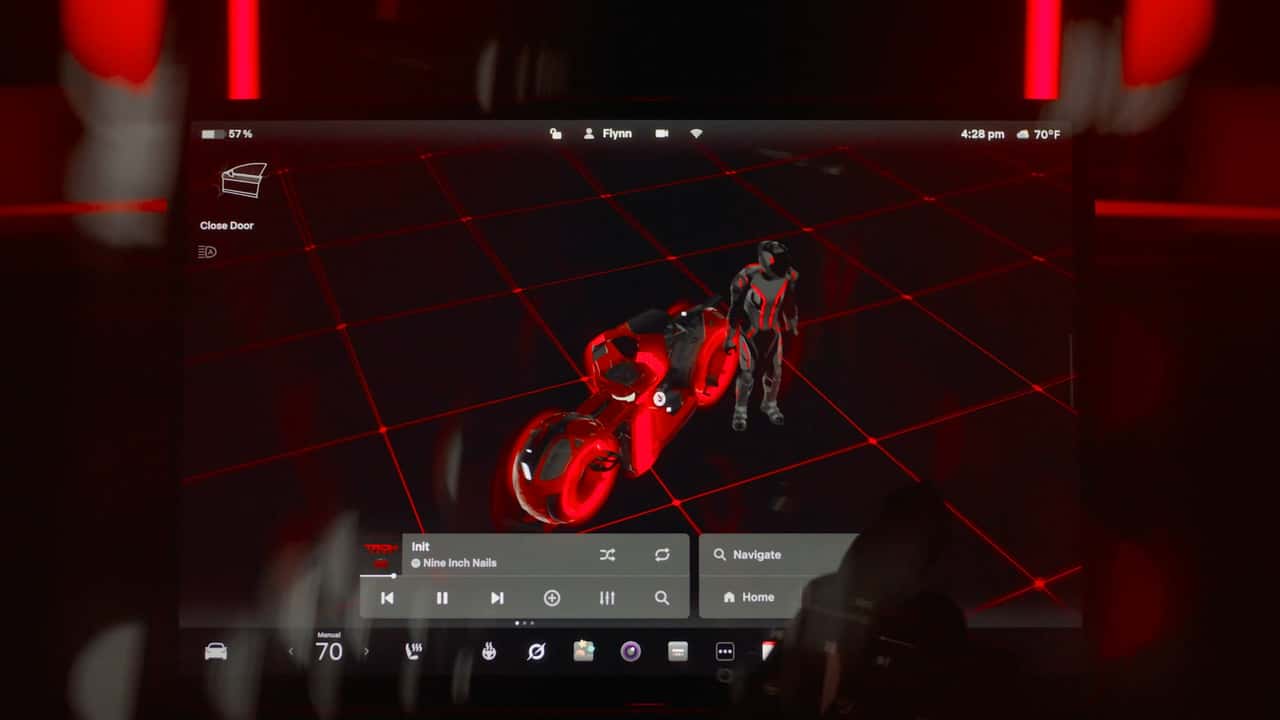BREAKING: Tesla has unveiled a controversial new feature that integrates in-car advertisements, promoting the upcoming Disney movie Tron: Ares. This development, confirmed earlier today, is already drawing backlash from Tesla owners and fans alike.
The latest update from Tesla showcases animated Light Cycles on vehicle displays, replacing the standard traffic indicators. As part of this new advertising strategy, the vehicles will also feature red mood lighting and themed sound effects to enhance the experience. Tesla’s decision to incorporate direct movie promotion in its cars is unprecedented and raises questions about the future of in-car entertainment.
This move comes amid a heated dispute between Elon Musk and Bob Iger, CEO of Disney. Reports indicate that Disney recently withdrew its advertising from Musk’s social media platform, X (formerly Twitter). In response, Tesla removed Disney+ from its infotainment system, only to pivot towards promoting Tron: Ares within its vehicles.
While Tesla has a history of playful integrations—like referencing classic films such as James Bond and Spaceballs—this recent collaboration is being perceived as a blatant commercialization of the driving experience. Critics argue that it distracts drivers and undermines the vehicle’s primary purpose.
The integration of advertisements is not just a shift in content but also a significant change in Tesla’s branding strategy. Some Tesla owners are expressing their disappointment, stating that this goes too far and detracts from the unique experience they expect from a Tesla vehicle. The emotional impact of this decision is palpable, as many feel that it compromises the integrity of the brand.
As this story develops, Tesla’s approach to advertising within its vehicles may reshape how automakers engage with consumers. The implications of this strategy could extend beyond just Tesla, influencing the automotive industry as a whole.
Stay tuned for more updates on this evolving situation and its impact on the future of vehicle technology and advertising.






